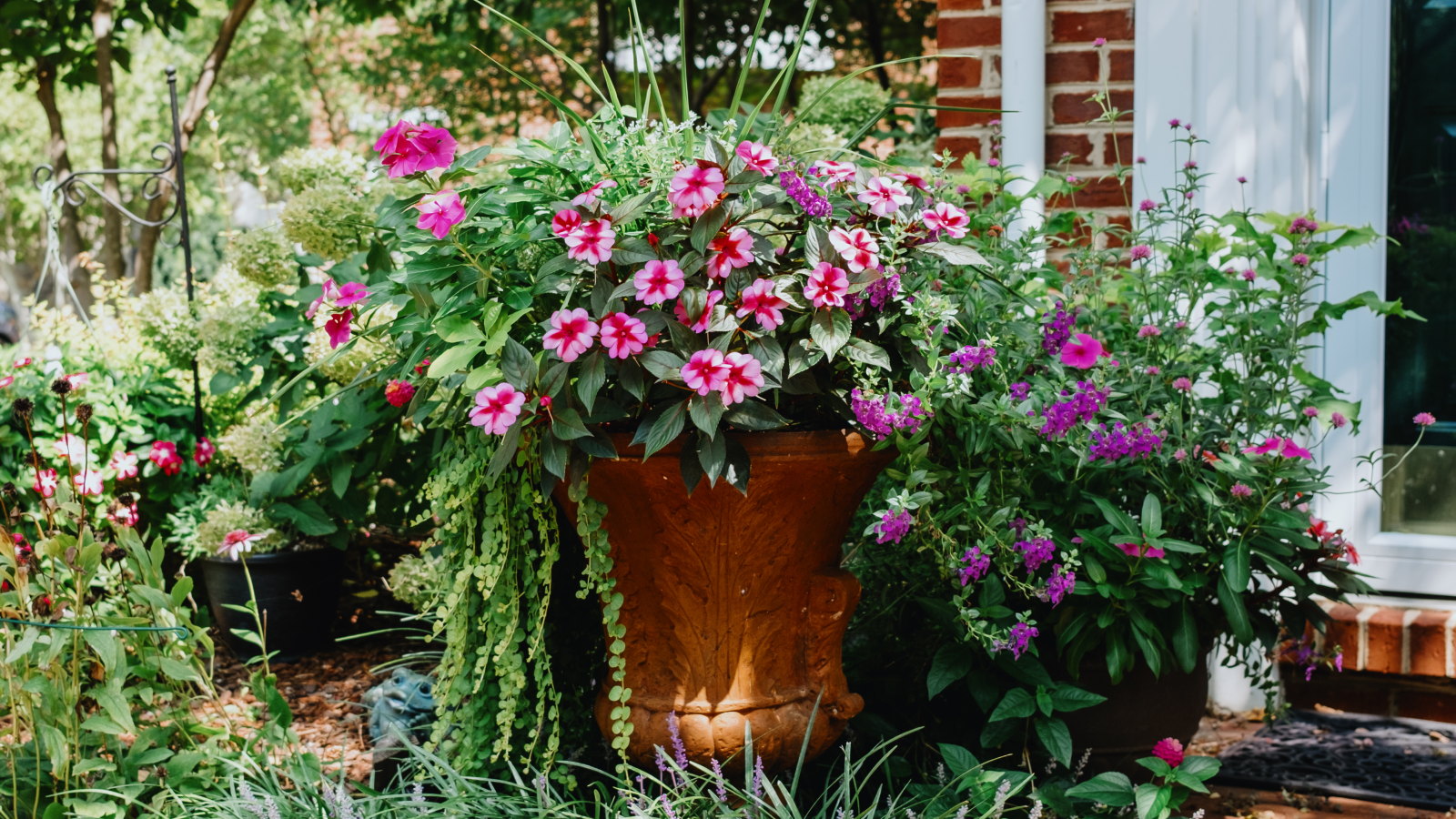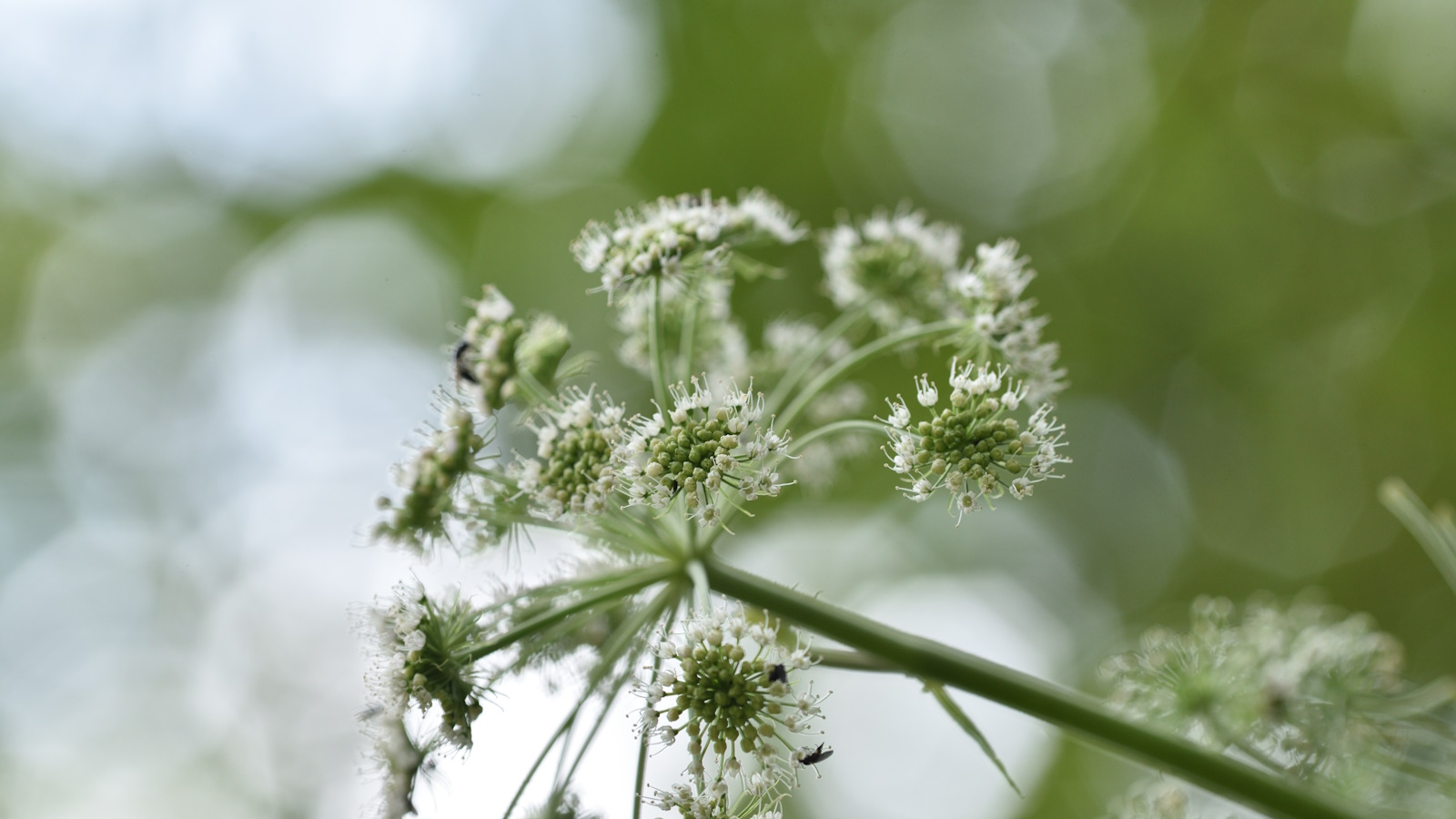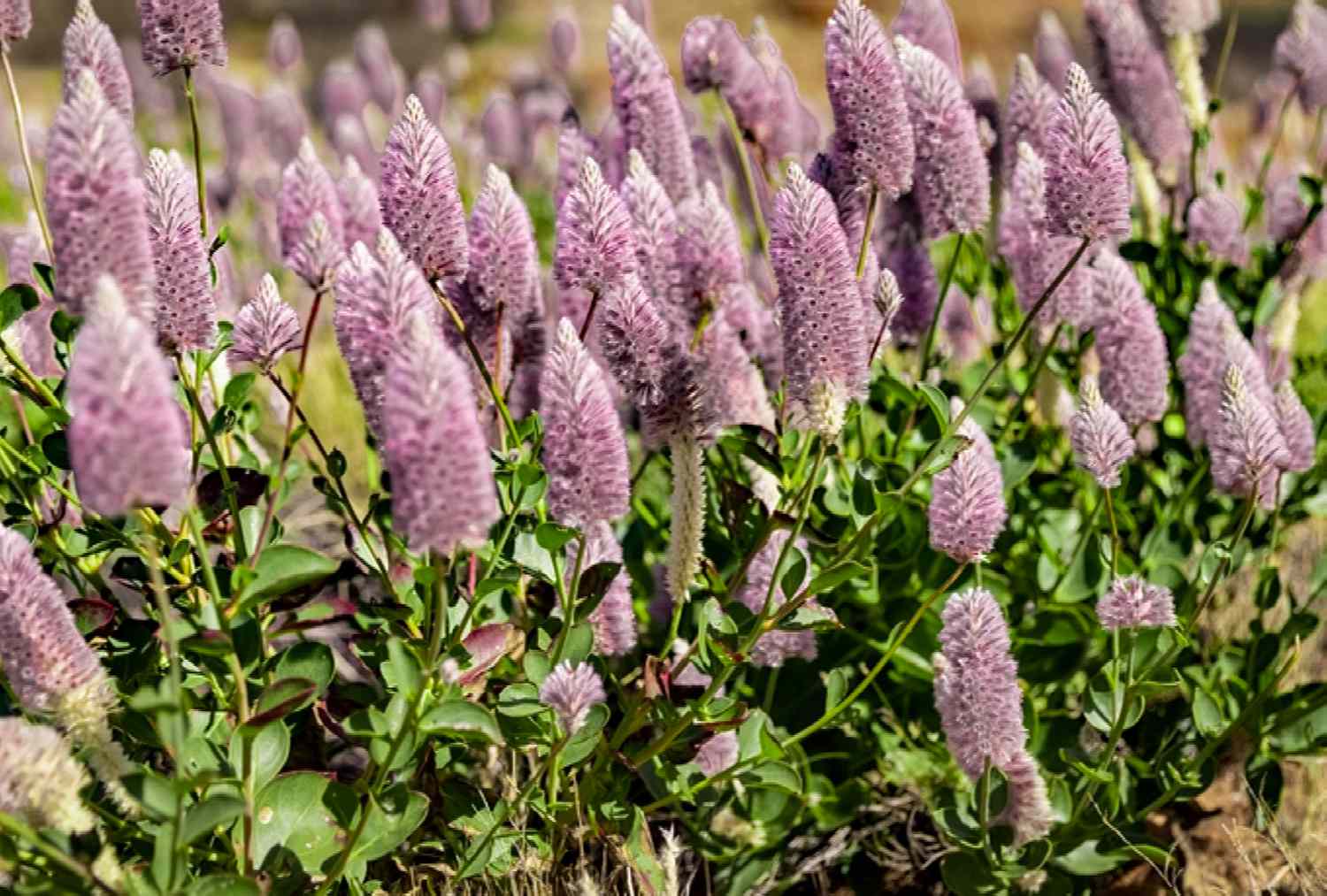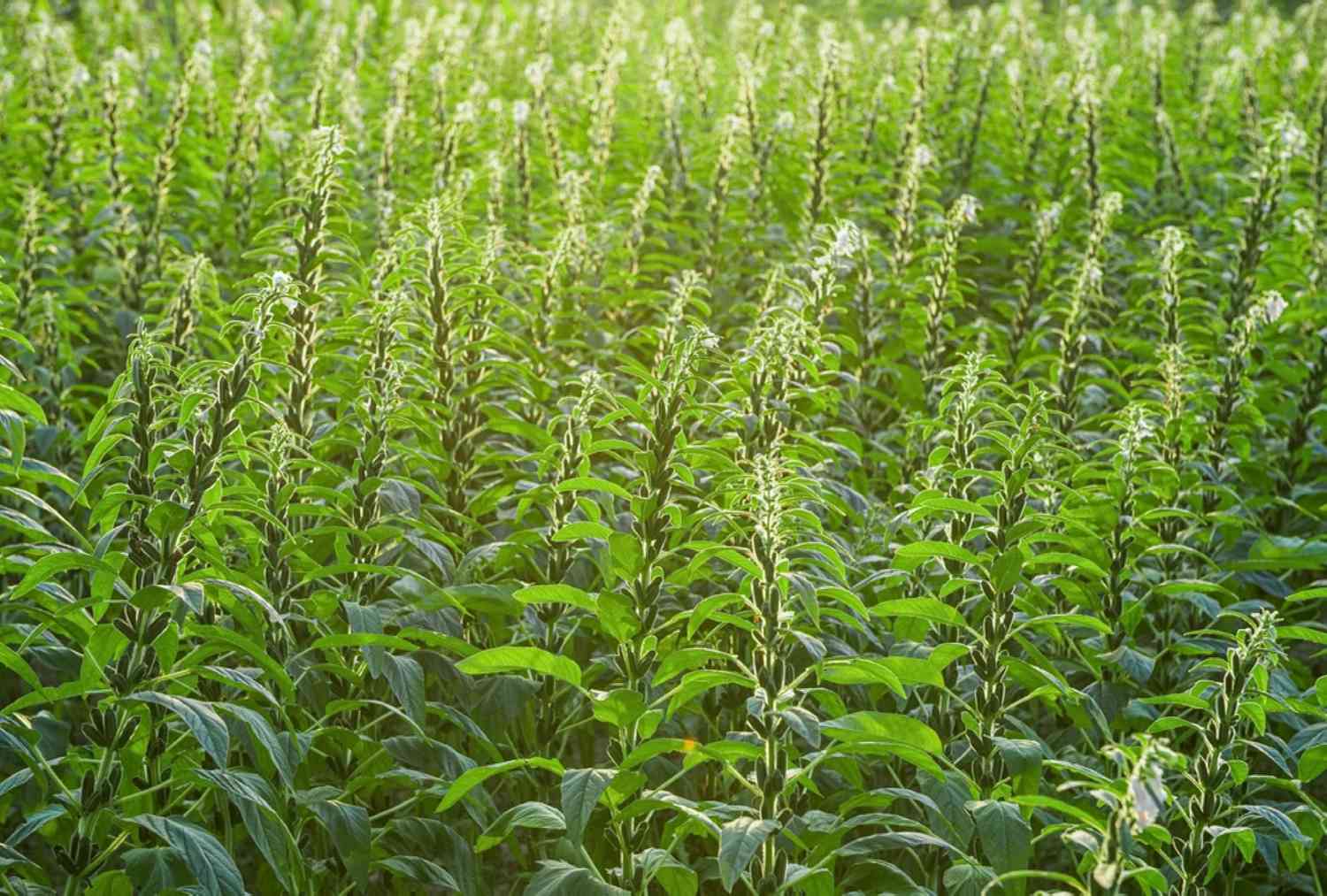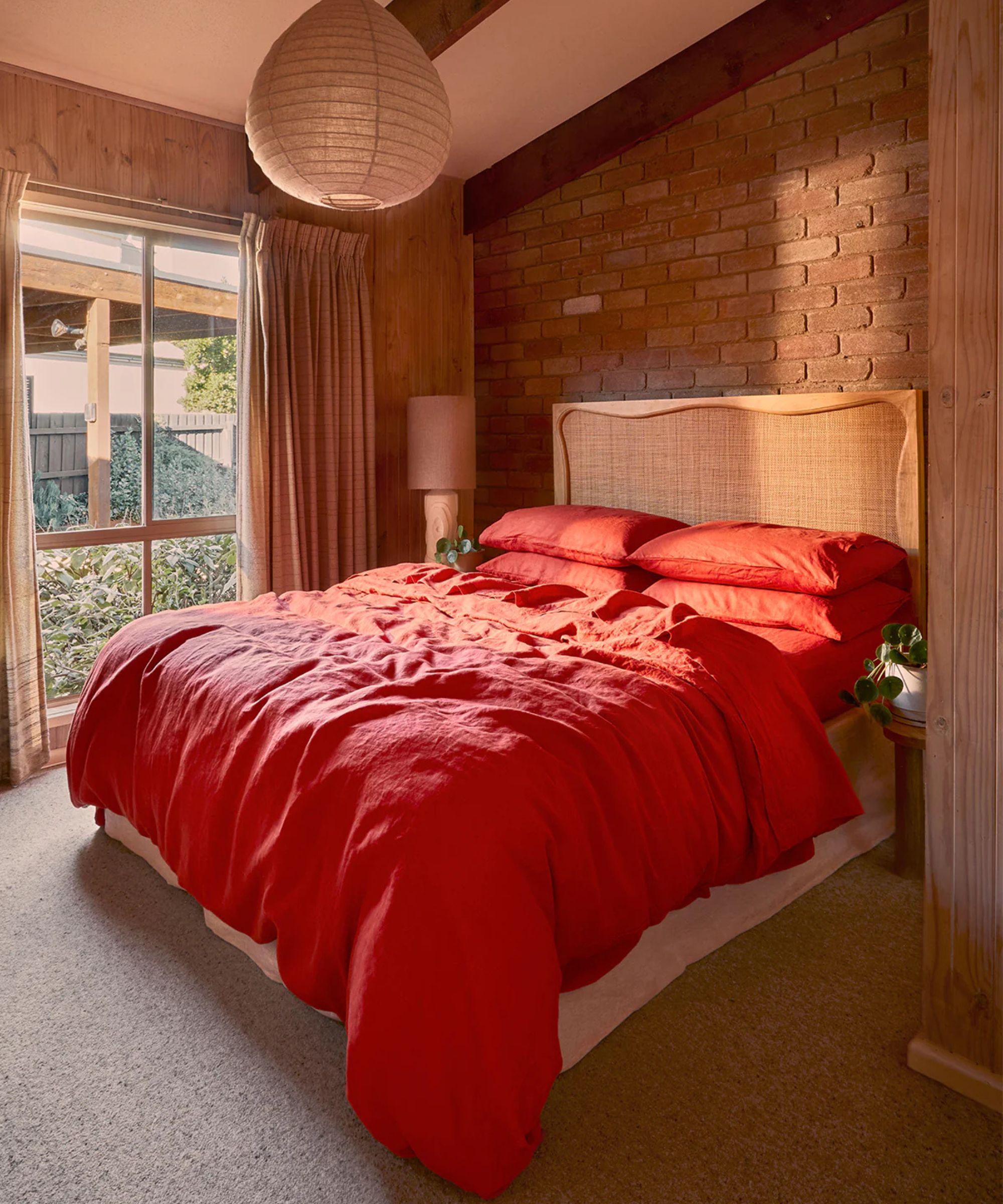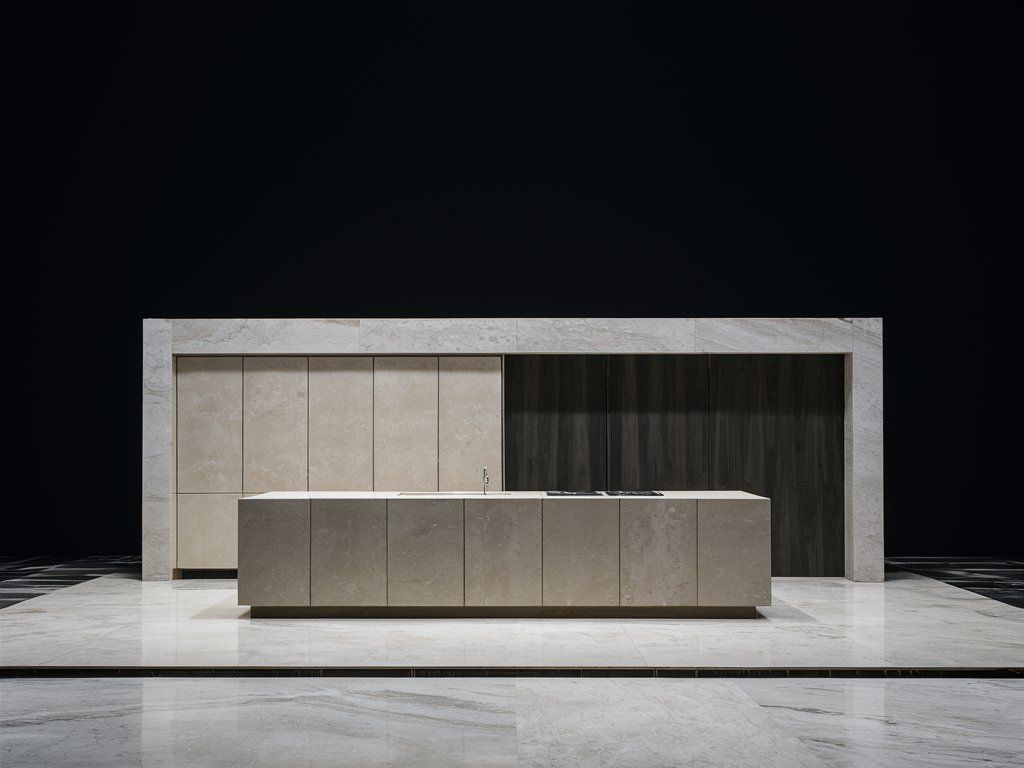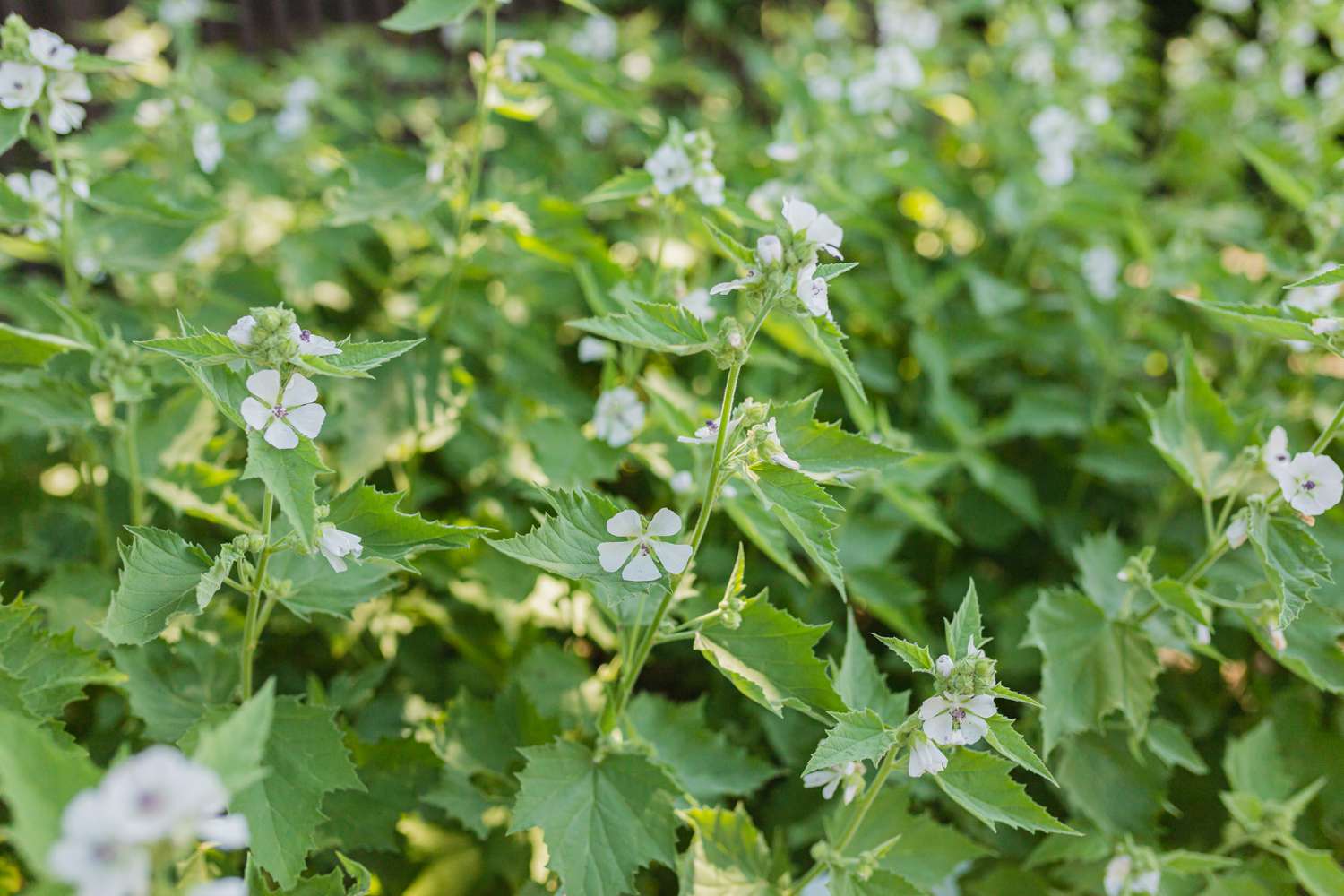In order for you a novel addition to your backyard, you may like a fast-growing eye-catcher like joyweed or Joseph’s coat. This plant is available in all kinds of colours and sizes, and its variegated foliage is the actual star of the present. This plant is winter hardy in USDA zones 10 and 11, solely returning yearly as a perennial within the hottest components of the USA. Most individuals develop it as an annual or maintain it as a houseplant in a vivid window.
The darkish inexperienced leaves function pink, orange, crimson, yellow, copper, or purple splotches. Some are a number of colours dappled into one plant. Joseph’s coat produces flowers, however the blooms are mini accents to an already vibrant plant.
Begin rising these vegetation indoors in late winter and transplant them open air after the final frost date. These are simple to look after and develop by giving water throughout drought and fertilizer month-to-month throughout the spring and summer season rising season. Some kinds of Joseph’s coat make a wonderful floor cowl, whereas others can develop as tall as three ft. This tropical plant has a weedy development behavior, however is not invasive in the USA.
Joseph’s Coat Care
Caring for Joseph’s coat is a breeze, and they’re simple to propagate. This plant is a low-maintenance species, so long as it is rising in well-draining soil in full daylight in a warmer local weather. It’s fairly pest-resistant too.
The Spruce / Adrienne Legault
The Spruce / Adrienne Legault
The Spruce / Adrienne Legault
Mild
These vegetation come from sizzling, sunny climates, so that they thrive in loads of mild. Joseph’s coat is thought for its vivid foliage colours, however the eye-catching hues solely shine in full solar. These vegetation can tolerate partial shade however could lose a few of their coloring and tackle a leggy or lanky look.
Soil
Joseph’s coat loves wealthy, fertile soil. Not solely does this give the plant the vitamins it wants to remain wholesome, however it additionally permits essential drainage. Earlier than including Joseph’s coat to your backyard, amend the soil with loads of natural matter or compost.
Water
Joseph’s coat wants loads of water to remain glad. Give it not less than an inch per week. Soggy soil can kill Joseph’s coat, and drought can too. Maintain soil moisture constant that can assist you to keep away from any issues. Let the primary inch of the soil dry out earlier than watering to forestall overwatering. If you happen to overlook to water, chances are you’ll discover that your Joseph’s coat is fast to wilt, however do not panic. These vegetation spring again rapidly with an excellent drink.
Within the winter, whether or not outdoors or inside, your Joseph’s coat won’t want as a lot water because it does in its lively rising months. So maintain again and provides your plant a drink when the highest 2 to three inches of the soil is dry.
Temperature and Humidity
Since Joseph’s coat is native to heat climates, it can not survive freezing temperatures. Subsequently, in zones 10 to 11, it may be stored outdoors year-round as a perennial. Nonetheless, these vegetation are annuals in most different USDA zones.
Joseph’s coat is native to humid areas. This makes maintaining an everyday watering schedule crucial. As well as, including a layer of mulch to your outdoors vegetation will assist preserve the wanted moisture within the soil.
Fertilizer
Joseph’s coat doesn’t require a lot fertilizer if planted in wealthy soil. An excessive amount of fertilizer can burn and kill the plant. Nonetheless, in poor soil, your Joseph’s coat would do nicely with liquid fertilizer, corresponding to fish emulsion, throughout the summer season months.
Fertilize in-ground vegetation each two months. For vegetation in containers, each two or three weeks is finest. For the quantity to make use of, comply with product label directions. Through the winter, it would be best to withhold fertilizer. This may permit the plant to relaxation throughout its naturally slow-growing season.
Varieties of Joseph’s Coat
The Alternanthera genus has tons of of sorts. They’ve a variety of colours and sizes. Some are inexperienced or gold, whereas others are deep maroon. Some make an incredible floor cowl and attain as much as 1 foot, whereas others can develop as tall as 3 ft. Listed here are some well-liked varieties:
- Alternanthera ‘Partytime’: Vibrant pink, inexperienced, and yellow leaves
- Alternanthera ‘Gail’s Alternative’: Grows as tall as 3 ft; boasts deep purple foliage
- Alternanthera ‘Little Ruby’: Nice floor cowl; showy ruby and burgundy foliage
Companion Crops for Joseph’s Coat
Plant Joseph’s coat with species which have related water and solar necessities. They complement vegetation identified for his or her foliage, corresponding to elephant ears, cannas, caladiums, and coleus. Their colourful leaves additionally intensify flowers like impatiens, lobelia, begonias, and petunias.
Pruning
Your Joseph’s coat could should be pruned throughout the summer season to maintain it from getting leggy. This can be a excellent alternative to make use of the trimmings to create extra vegetation.
Propagating Joseph’s Coat
Propagating your Joseph’s coat is straightforward and could be performed by cuttings or division within the spring or summer season. If you don’t want to scale back the dimensions of your authentic plant, propagating with cuttings is the best way to go. Here is easy methods to propagate Joseph’s coat:
Water propagation is the simplest approach to develop roots, however the stem can root inside a month by direct planting in soil. To propagate by stem slicing:
- You will want pruning snips or sterilized scissors to snip not less than a wholesome two-inch stem and a clear jar or container with water. Alternatively, you have to a small pot with moistened soil.
- Take away the final leaves of the stem and submerge the reduce finish within the soil or water.
- Place the plant in a vivid window.
- You’ll see the roots in a transparent jar of water inside just a few weeks. To test if the slicing is rooting within the soil, gently tug after a month. If the stem does not pull out simply, it has rooted.
Division is used to make a big plant smaller. You’ll divide the plant and its roots into smaller sections, transplanting them to develop individually. To propagate by division:
- You will want a spade, soil, and a brand new container or planting location on your divided plant.
- Dig out the guardian plant and its roots with the spade. Divide the plant in half or thirds with pruning snips, shears, or scissors. Maintain the roots intact as a lot as potential (a bit of root breakage is suitable).
- Transplant every divided part right into a container with moistened soil or plant it within the backyard with full solar publicity.
Tips on how to Develop Joseph’s Coat From Seed
Though cuttings or division is the simplest approach to propagate Joseph’s coat, you can even develop it from seeds. Sow Joseph’s coat seeds indoors in late winter. Place in a heat spot below vivid mild. After they’ve sprouted, solely transplant them to a sunny location open air after the hazard of any frost has handed. House the vegetation about 6 inches aside.
Potting and Repotting Joseph’s Coat
Joseph’s coat grows splendidly in containers. They make stunning, vibrant hanging baskets that may be stored inside. When selecting a pot, discover one with ample drainage holes. Soggy soil can rapidly kill your plant, so good drainage is critical. In case your plant outgrows its present pot, go for the following measurement up and fill with recent potting soil earlier than transferring the plant to its new residence.
Overwintering
Joseph’s coat grows nicely in a pot; thus, maintaining this plant in a container is a wonderful choice for these dwelling in areas with harsh winters. Transfer it inside as temperatures drop; this plant won’t survive chilly winters open air.
Frequent Pests and Plant Ailments
This plant shouldn’t be generally threatened by bugs or illness, however like most different vegetation, it could fall sufferer to mealybugs, aphids, and spider mites. In case you have a nasty infestation, apply neem oil resolution to the stems, leaves (together with the undersides), and soil. Additionally, it may be prone to fungal and bacterial illnesses like root rot and leaf spot illness.
Frequent Issues With Joseph’s Coat
This plant is comparatively simple to look after if given ample solar and heat temperatures.
Wilting or Browing Leaves
Leaves that look dehydrated are underwatered or are getting an excessive amount of solar with out sufficient water to replenish it quick sufficient. To treatment this example, steadily give it extra water.
Yellowing or Pale-Coloured Leaves
Foliage that begins to boring or flip yellow, particularly its decrease leaves, is usually a signal of overwatering or root rot. To treatment this downside, instantly cease watering. Enable it to dry out.
If you happen to discover darkish spots on the underside of the stem the place it meets the soil, pull up the foundation ball and examine it for rot. You may be capable of save the plant from root rot by utilizing sterilized scissors and slicing off browned or blackened sections of the roots. Deal with with a plant antifungal and replant it or put it in a sterilized container with recent soil. If a lot of the plant is rotting, together with a lot of the stem, discard it.
Overly Inexperienced Leaves
Younger Joseph’s coat vegetation with darkish inexperienced leaves are an indication that the plant doesn’t have sufficient daylight. Place the plant in direct daylight, however don’t give it an excessive amount of mild too quick; the leaves may get burned.

